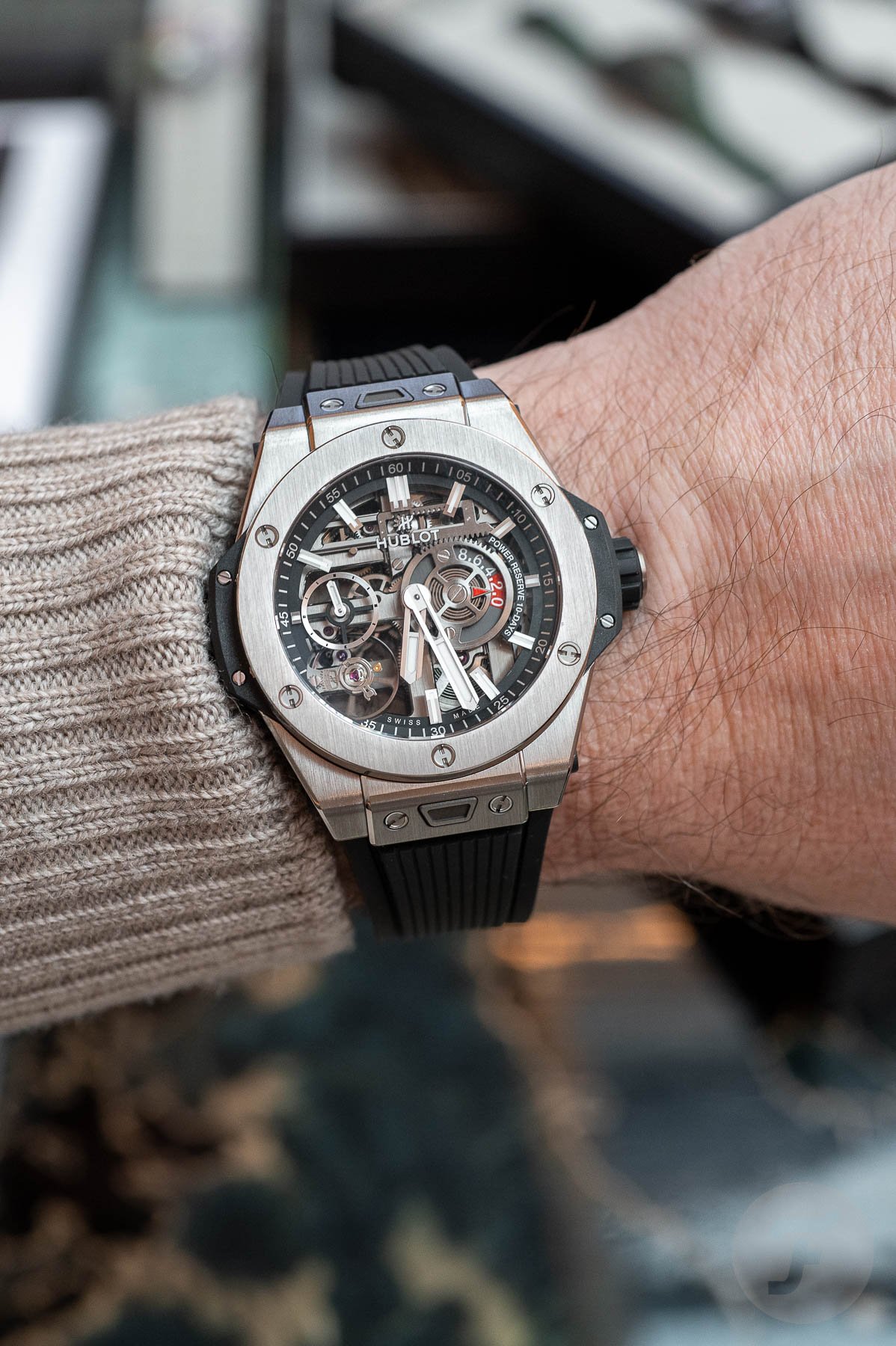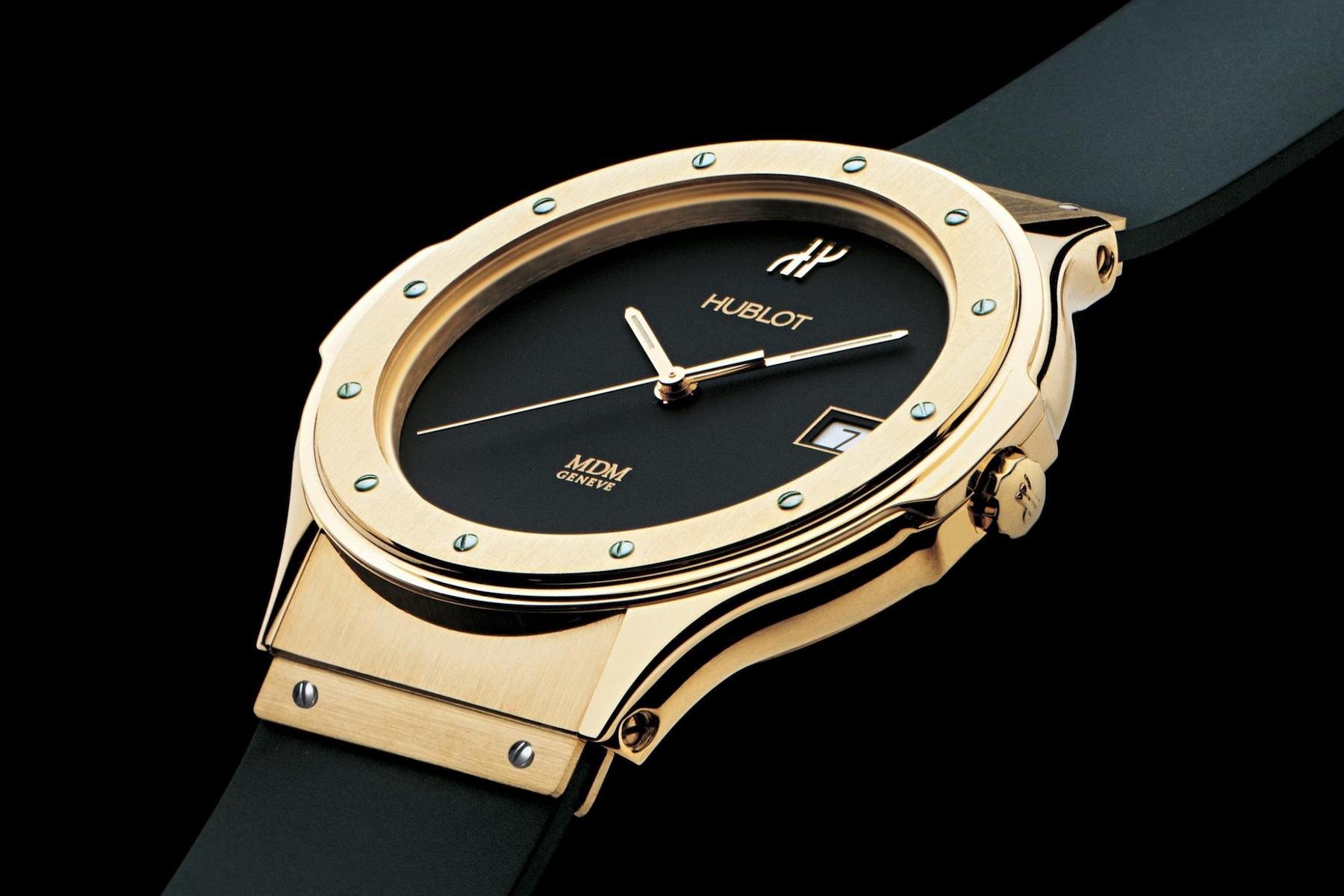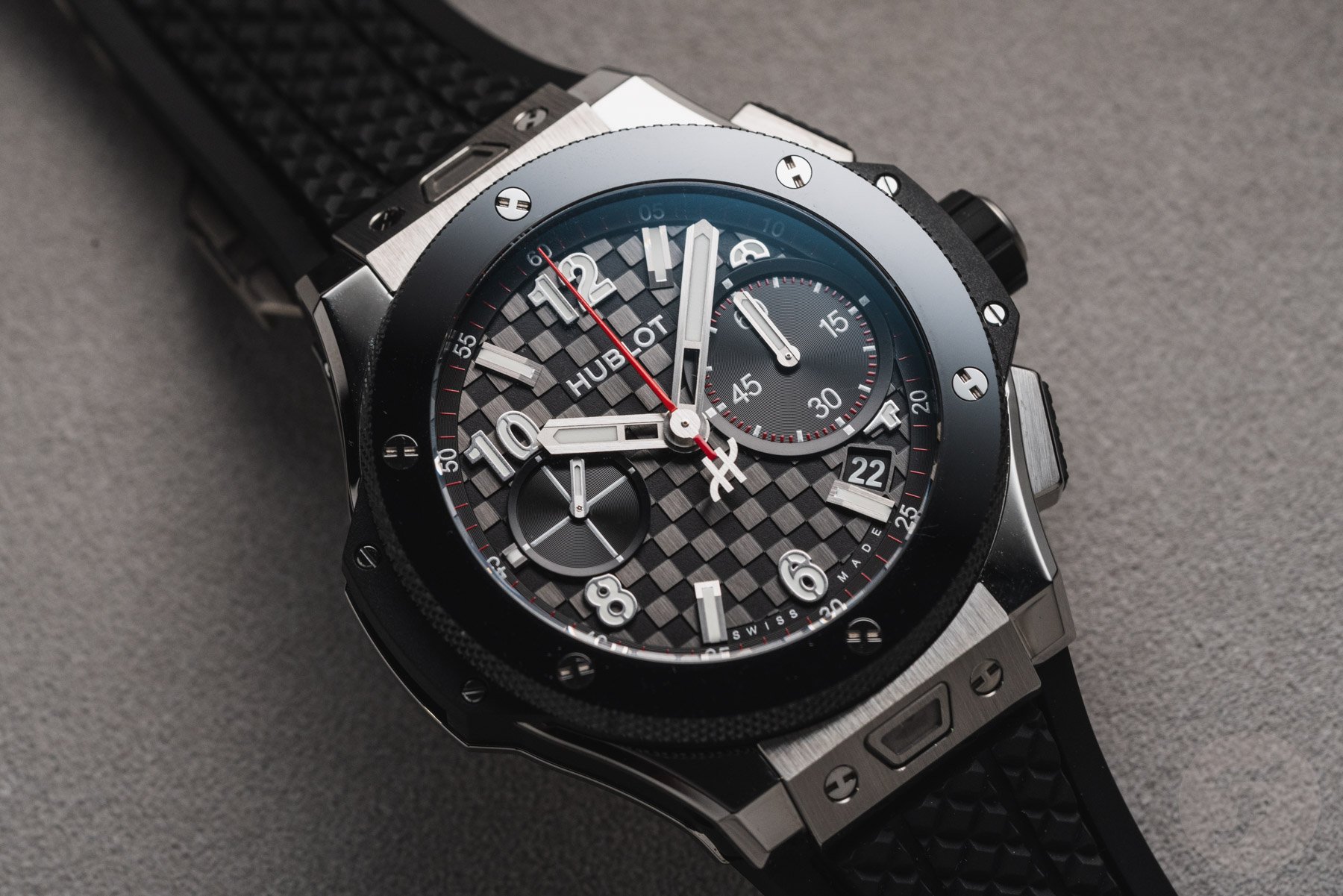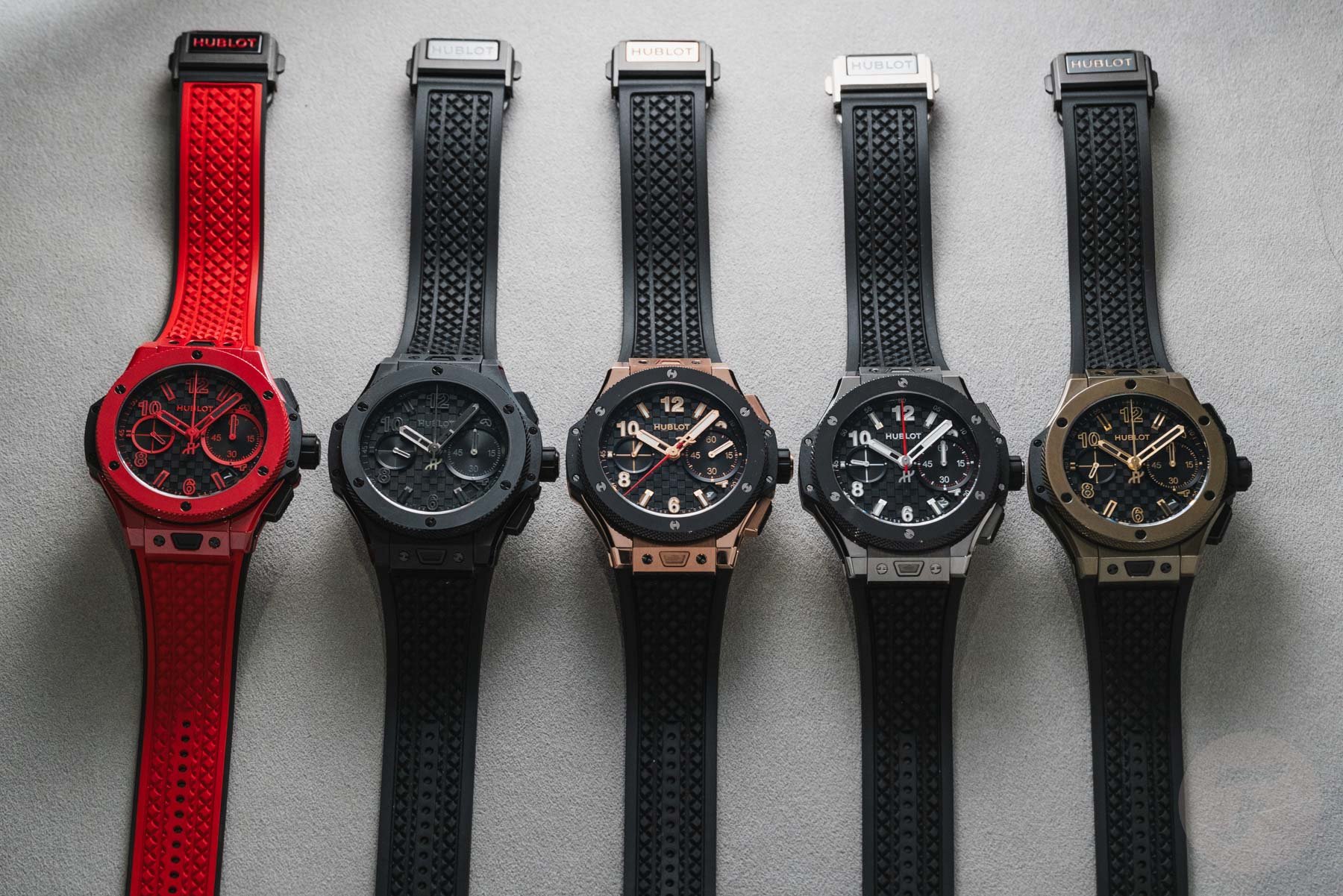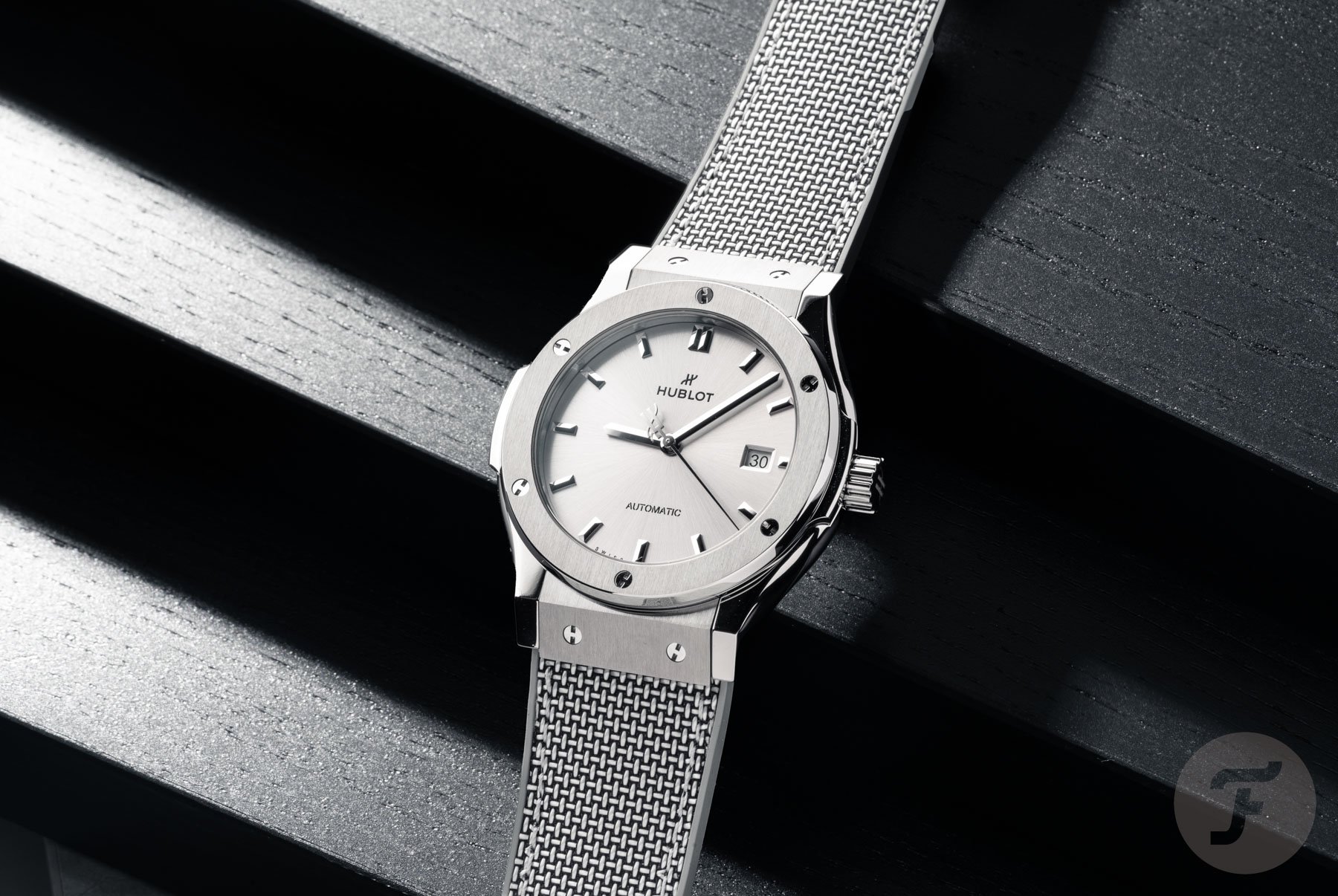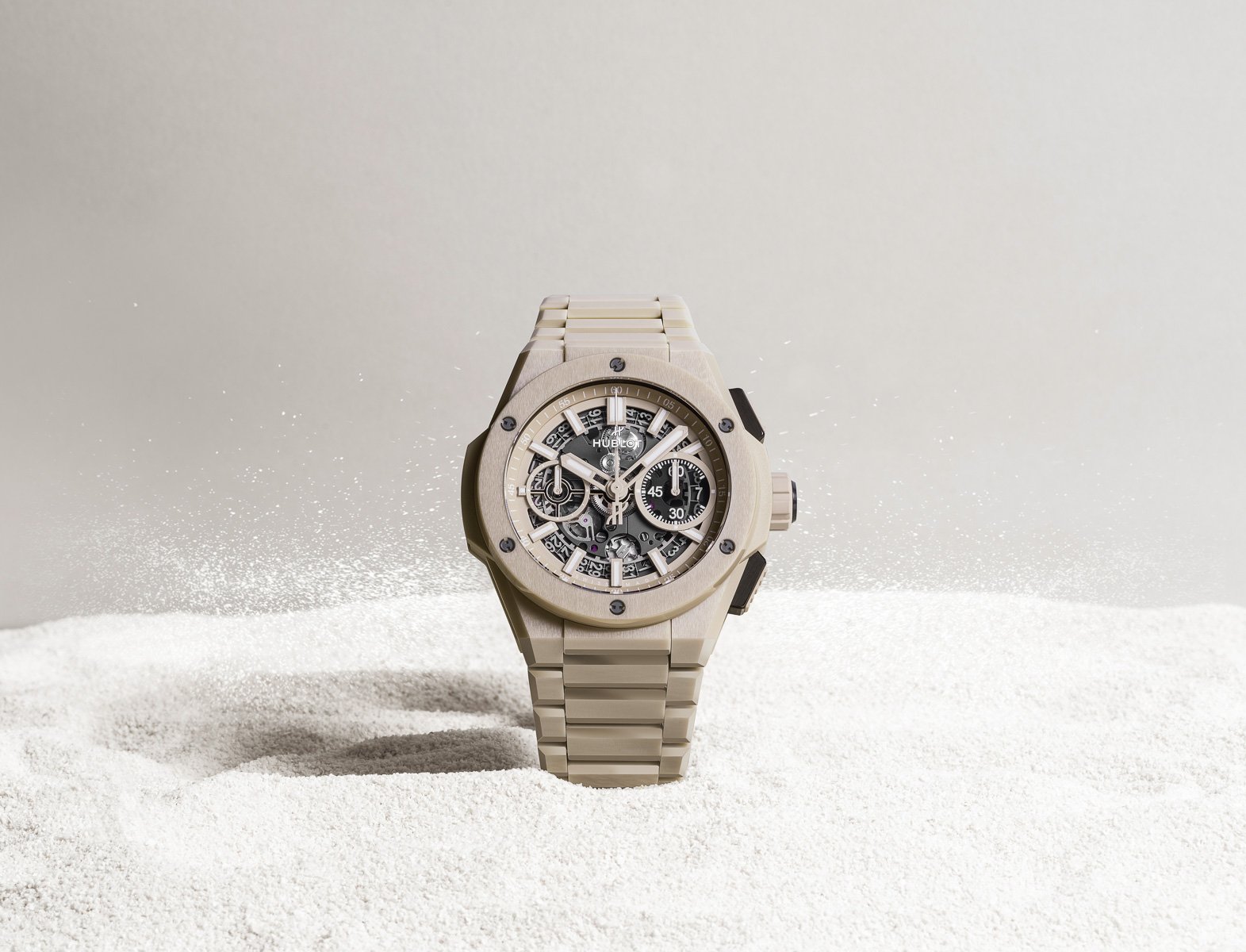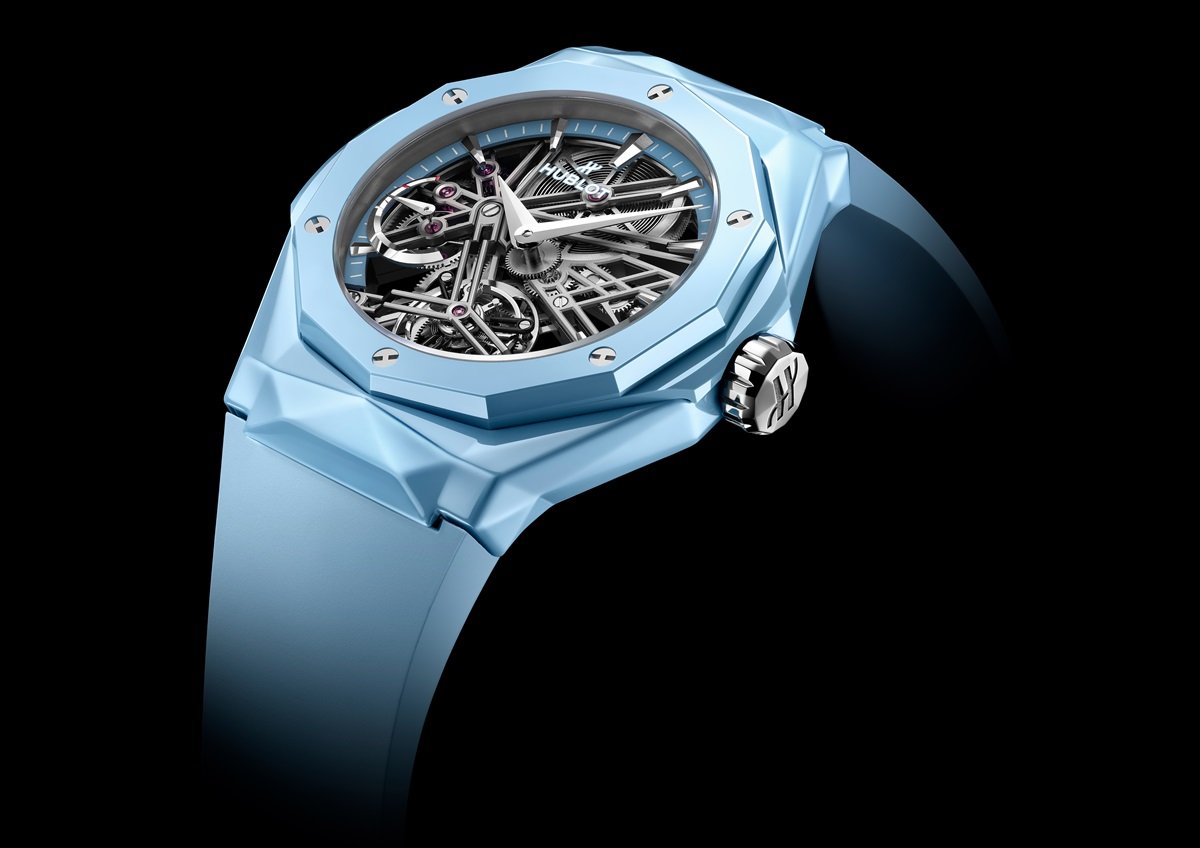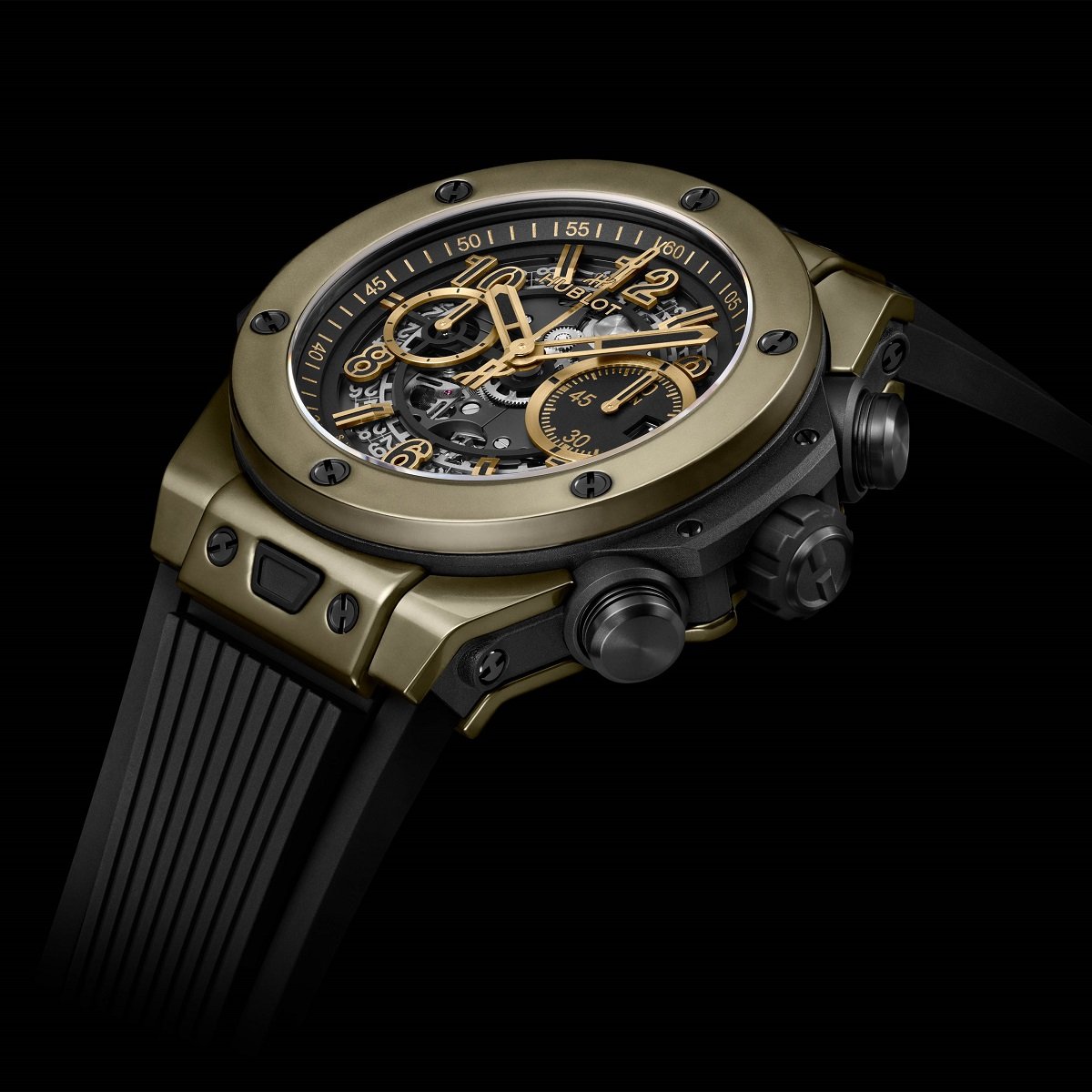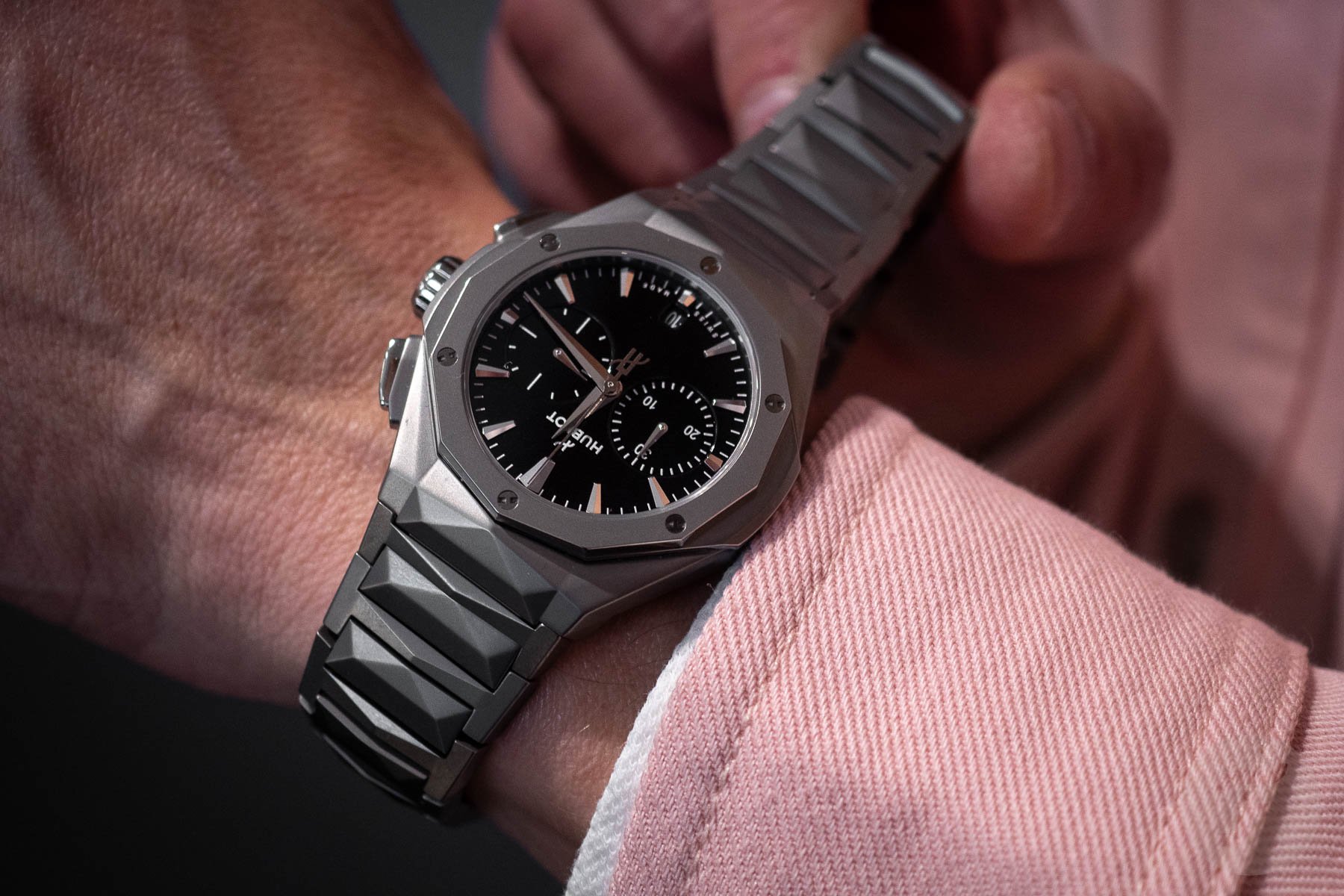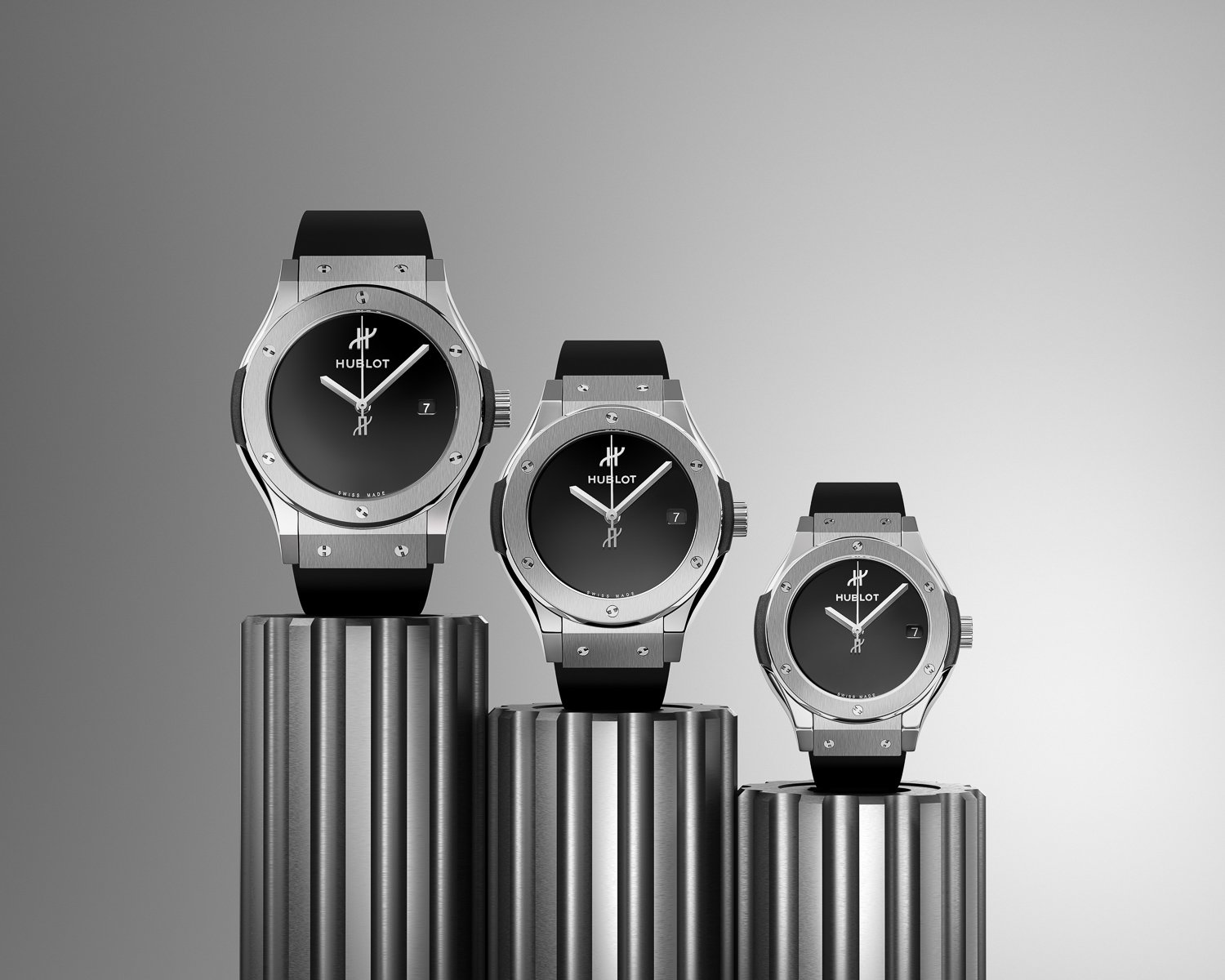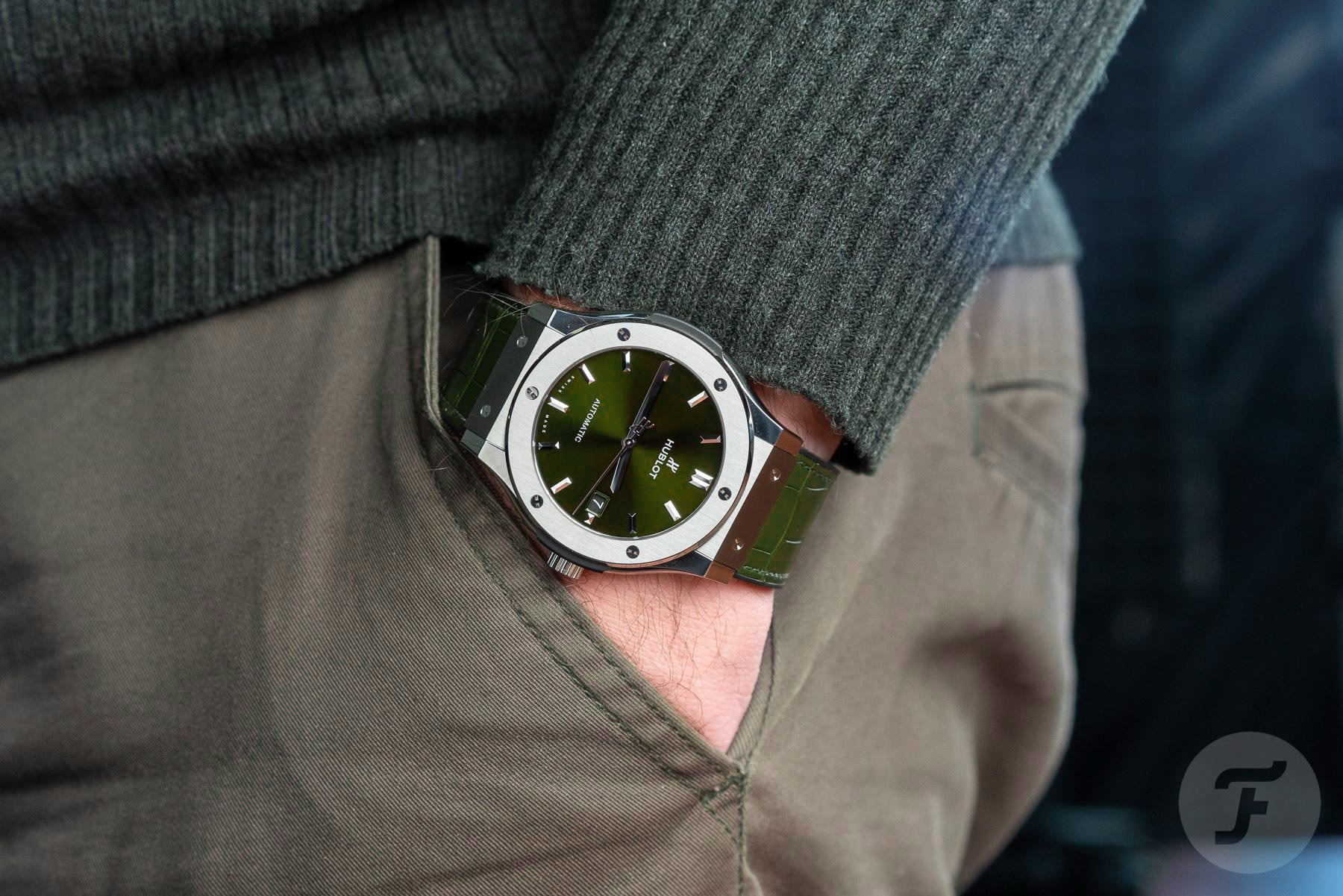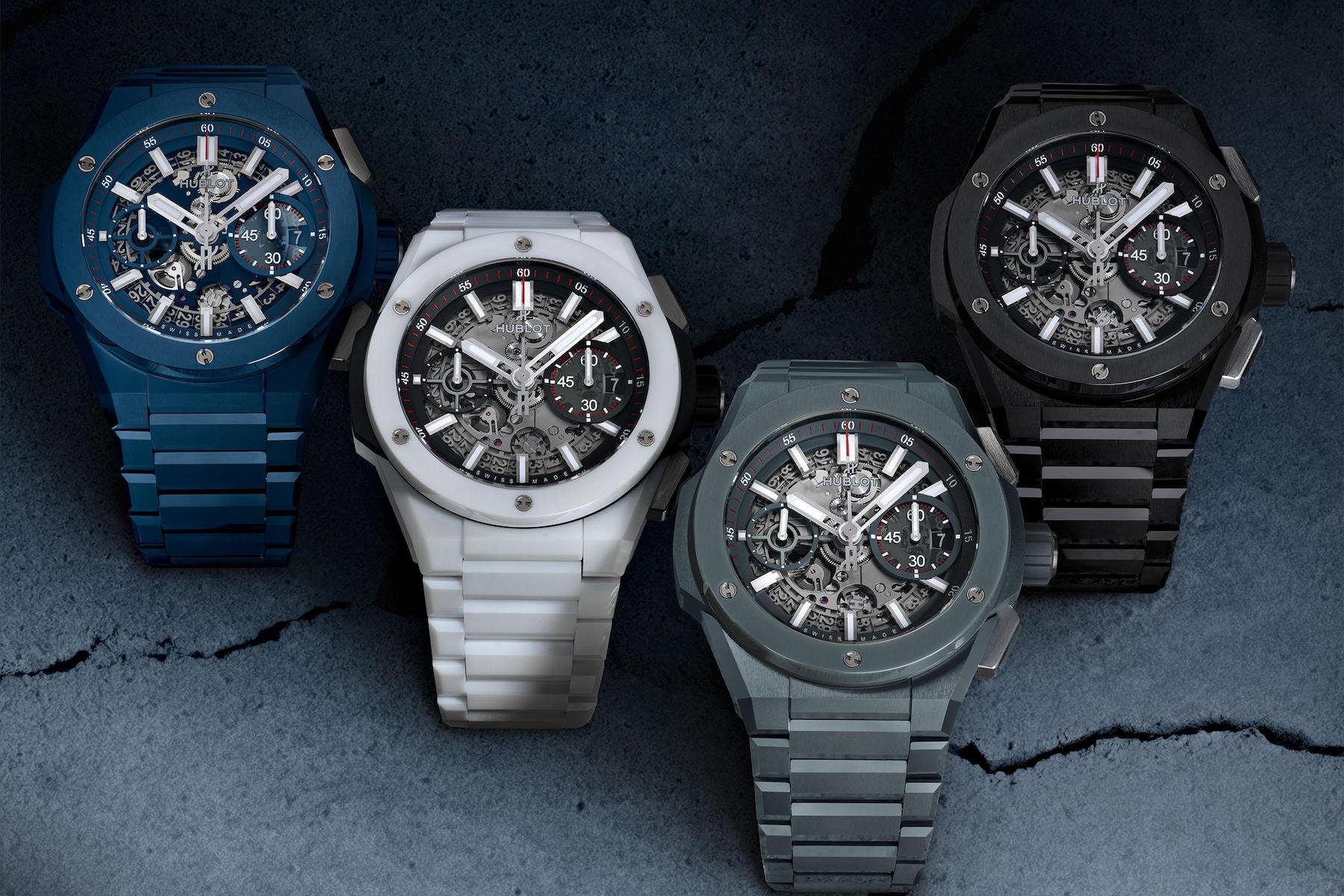Basic Hublot Knowledge — What Every Watch Enthusiast Should Know About The Brand
Hublot is easily one of the most controversial brands among watch enthusiasts. Many are quick to judge, but few put in the effort to get to know the company. If that sounds like you, I hope to help you on your way today! This is basic Hublot knowledge — what every watch enthusiast should know about the brand.
While most watch enthusiasts know the year Rolex was founded, Omega’s key collections, and which Jaeger-LeCoultre models are most relevant, we find that many seasoned aficionados lack such basic knowledge about Hublot, which inspired today’s article. Let’s jump in!
Basic Hublot knowledge: the brand’s conception
Hublot is one of the younger companies among the bigger watch brands. Its earliest creations would now more likely be labeled as neo-vintage than vintage. Carlo Crocco founded the brand in 1980. While that sounds very recent, it is still 45 years ago, giving the house plenty of time to develop its legacy.
Crocco was with the Binda Group (Breil) until he set out to build a separate watch company in 1976. He finally launched MDM Genève in 1980. MDM stood for Marie-Daniel Montre, named after Crocco’s wife. The name is also rumored to stand for Montre Des Montres, meaning “watch of watches.”
Crocco named his first model the Hublot, French for “porthole.” The design was instantly controversial as it paired a gold luxury watch with a rubber strap. That doesn’t sound overly controversial today, but it was shocking back in the 1980s. In short, the seeds were immediately sown for a rebellious new player in the luxury watch market. The first year saw MDM Genève materialize US$2 million in sales, a strong debut by any measure.
Basic Hublot knowledge: the Biver era
Crocco set out to find a new leader to grow his company in the 2000s. By 2004, he installed Jean-Claude Biver as CEO. Biver had already reinvigorated Blancpain and served on the board of directors at Omega, where he arranged the brand’s James Bond product placement, among other things. In short, he had a proven commercial track record in luxury watches.
Biver focused on the fusion of watchmaking tradition and modernity as the key brand value. He launched the Big Bang chronograph, the brand’s new flagship, in the spring of 2005. To say he struck a chord is an understatement. The watch went on to win several awards and, more importantly, quadrupled Hublot’s sales in two years. The company generated CHF 24 million in sales when Biver arrived, which increased to nearly CHF 100 million by 2006.
Biver paved the way for a sale of the company from Crocco to LVMH in 2008. He also reveled in the brand’s controversial nature. Biver went on the record to say that you have to keep customers eager or even frustrated. While most luxury brands operate that way, the public admission did little to warm up the purist enthusiast community to Hublot. That wouldn’t stop the brand from thriving commercially, though. Biver stayed with Hublot for almost a decade before he passed the torch to Ricardo Guadalupe.
Basic Hublot knowledge: key collections
The Hublot collection is currently divided into three main categories — Classic Fusion, Big Bang, and Exceptional Timepieces. The Classic Fusion collection most closely resembles the original MDM Hublot, with the classical porthole design and mostly rubber straps. Interestingly, a time-only Classic Fusion in a smaller size can almost be considered a dress watch by today’s standards. Several complications exist, most of which are powered by Sellita-derived calibers. If you ask me, the Orlinski models are a particular highlight of the collection.
The Big Bang collection presents a higher-end, sportier spirit. This is also where you find manufacture calibers. The Big Bang collection consists of several sub-collections, such as the Big Bang Original (based on the 2005 model), Big Bang Unico, Square Bang, and the tonneau-shaped Spirit of Big Bang.
Lastly, we have the Exceptional Timepieces collection. This is where you will find incredible Haute Horlogerie works, like the MP-10.
Savoir-faire
You may or may not know that I am a bit of a Hublot fanboy. Maybe that’s just the contrarian in me, but I can also appreciate the savoir-faire at the brand today. Our editor-in-chief, RJ, visited the manufacture not too long ago and came away impressed by the work done there. Hublot rivals most other high-end brands in the savoir-faire it has in-house.
This is not merely reflected by high-end creations, such as the MP-10. You can also see it in the fit and finishing of all Hublot watches. You see it reflected in ambitious innovations as well. Think, for instance, of Magic Gold, Hublot’s 18K alloy that turns gold scratchproof. Hublot also pioneered the use of color in ceramics.
Future ambitions
Hublot announced Julien Tornare as CEO in 2024. Tornare, formerly CEO at TAG Heuer, aims to reduce the number of limited editions to focus on key models. According to an interview with Tornare in the Financial Times, the brand is perceived as hyperactive, which the new CEO aims to dial back. This includes rebalancing the extensive sponsorship deals in sports and art while retaining the Hublot’s prominent position in football.
Another key priority is to keep the entry point around the €6k–7k mark and boost the value in that segment. That point piques my interest, as it suggests we may see new and more competitive models in that price range. Overall, it sounds to me as if the focus will shift more toward watchmaking prowess and less on the hype surrounding it.
All in all, these ambitions make a ton of sense. I just hope Hublot maintains its rebellious streak and doesn’t succumb to trying to appease its critics. This is precisely why I think it is one of the more interesting companies in a sea of sameness, even if it lands the brand some hate in certain circles. Still, I would never argue with substance-over-style ambitions, such as those voiced by Tornare.
Closing thoughts on basic Hublot knowledge
There you have it — the basic Hublot knowledge any watch enthusiast should have. Hublot fascinates me, even if I don’t own one of its watches or expect to anytime soon. I keep a close eye on the house for three reasons. First, I enjoy following its technical work and innovations. Second, I like to follow its branding and marketing because I feel Hublot is a little bit more daring than most in this sense.
Finally, I feel Hublot is interesting to follow from a design perspective, as the house has a clear design language. Hublot tends to strike a rather disinct balance between avant-garde and familiar design. The watches are indisputably modern but rarely in an overly alienating manner. As a design geek, this, quite simply, fascinates me.
Whether you love it or loathe it, Hublot is a brand you can’t truly understand or fairly judge without first taking the time to get to know it. I hope I have made a small contribution in that direction today!

